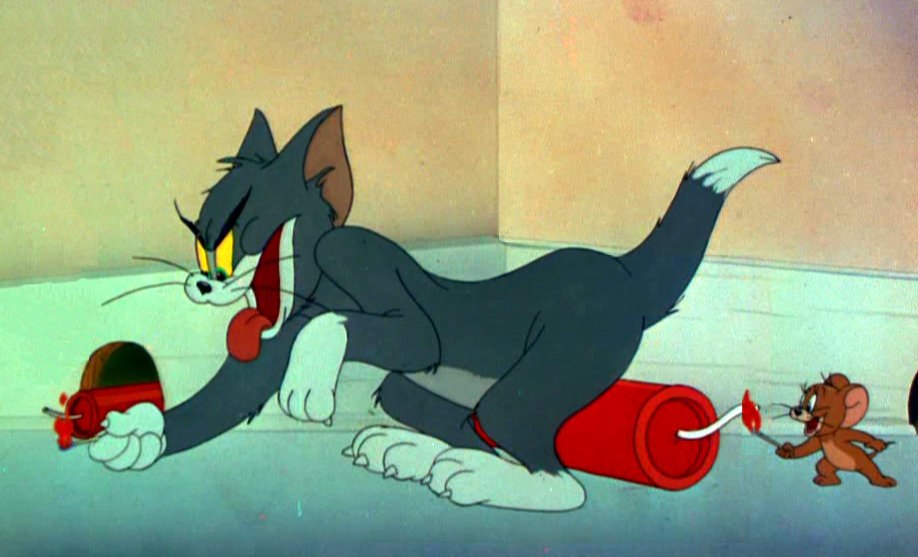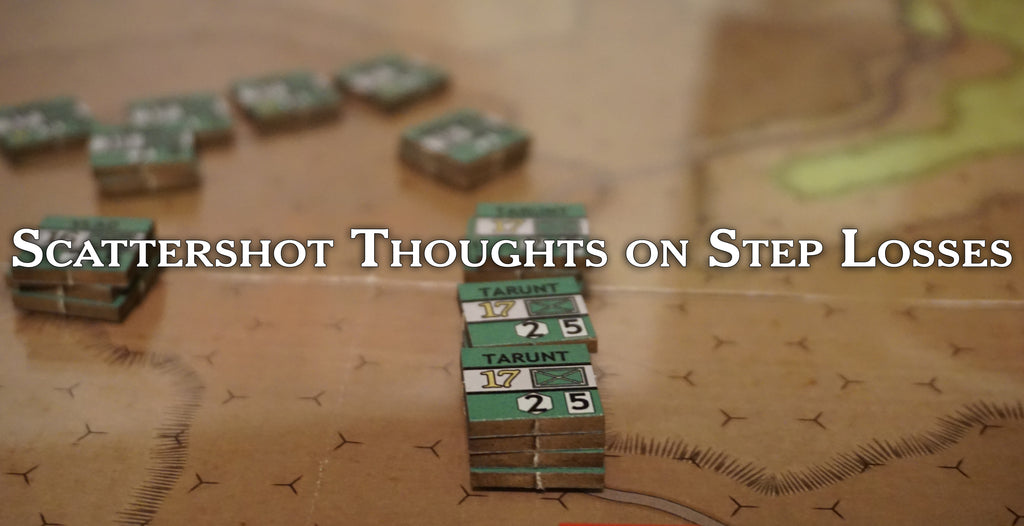Hollandazed: Thoughts, Ideas, and Miscellany — gameplay
FROM THE ARCHIVES: THE BAND-AID

One of the most curious things about making weird games on purpose is that there are folks who don't seem to think that it was on purpose. I couldn't really mean for the game to do that; somehow it snuck its way into the design when I wasn't looking. I get this a lot with Table Battles and its mandatory reaction loops. There are folks who feel this is a huge flaw, and they can't believe how obstinate I am in refusing to admit it. But the mandatory reactions aren't just an aspect of the game, they are the game...
SEQUENCES OF PLAY (by Tom Russell)

When Mary and I evaluate a game, one of the first things we look at is the Sequence of Play. Perhaps the most important part of understanding a game is understanding what a player does on their turn. It doesn't mean that we're looking for anything really ornate, or fancy, or different for the sake of being different - we have published, and will continue to publish, games that stick to "Player 1 Move, Player 1 Combat, Player 2 Move, Player 2 Combat" - but it does mean that we're trying to get a sense of how that turn is...
FROM THE ARCHIVES: CAT / MOUSE (by Tom Russell)

One of the things I really enjoy about John Theissen's operational ACW games (More Aggressive Attitudes, Objective Shreveport!, and Hood's Last Gamble, for those keeping score) is how difficult it can be to have a proper battle. Whenever you declare combat, your opponent usually has the option of attempting to Retreat Before Combat (RBC), with a 66% chance of success (sometimes more). With a successful roll, the enemy stack slips through your fingers. And, when the shoe is on the other foot, you slip through theirs. Both sides generally want to do battle with the enemy, because winning battles decisively...
FROM THE ARCHIVES: SCATTERSHOT THOUGHTS ON STEP LOSSES (by Tom Russell)

You nudge your little square division to the front, compare its attack factor of 4 to the enemy's defense factor, and roll the die: ugh, a six, AL, attacker loss. You flip the counter to its reverse side, reducing its attack factor to 2. Half the cardboard men under your command are dead. Only they're not, because as all grognards know, and as many rulebooks are quick to point out, a step loss doesn't represent death, but simply a reduction in effective fighting strength. That's bloodshed and wounds and prisoners, sure, but also general discombobulation and dispersal, exhaustion, morale collapse,...
PLAYING DEFENSE (by Tom Russell)

A major selling point of a fair number of wargames is that both players get to be the attacker. I'm speaking in the overall strategic or operational sense, the roles the players are assuming, rather than the fact that on each player's combat phase, they are the attacker and their opponent the defender. I'm talking about the grand, sweeping maneuvers, the bold plans, the desperate gambles: the attacker, dynamic, lurching ever-forward. Whereas the defender is pulling back - trading ground for time, plugging holes in the line, and taking their lumps. Advance versus retreat, action versus reaction, energy versus inertia....
